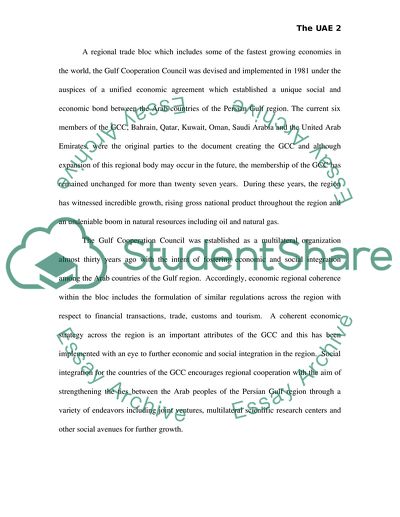Cite this document
(Economics of the United Arab Emirates Term Paper, n.d.)
Economics of the United Arab Emirates Term Paper. Retrieved from https://studentshare.org/macro-microeconomics/1555014-economics-of-the-uae
Economics of the United Arab Emirates Term Paper. Retrieved from https://studentshare.org/macro-microeconomics/1555014-economics-of-the-uae
(Economics of the United Arab Emirates Term Paper)
Economics of the United Arab Emirates Term Paper. https://studentshare.org/macro-microeconomics/1555014-economics-of-the-uae.
Economics of the United Arab Emirates Term Paper. https://studentshare.org/macro-microeconomics/1555014-economics-of-the-uae.
“Economics of the United Arab Emirates Term Paper”. https://studentshare.org/macro-microeconomics/1555014-economics-of-the-uae.


